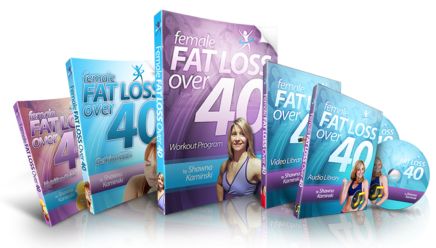2
Sep 14
Osteoporosis is a disease that weakens bones, increasing the risk of sudden and unexpected fractures. Osteoporosis translates literally to mean “porous bone”. We all lose some bone density as we age and bones get thinner as existing bone breaks down faster than new bone builds. As this occurs, our bones lose calcium and other minerals and become lighter, less dense, and more porous. This makes the bones weaker and increases the chance that they might fracture. The disease often progresses without any symptoms or pain.
Many times, osteoporosis is not discovered until weakened bones cause painful fractures usually in the back or hips. Unfortunately, once you have a broken bone due to osteoporosis, you are at high risk of having another. But there are steps and treatments you can take to prevent osteoporosis before it takes serious hold; or to slow it’s progress once you have it.
Women over the age of 50 have the greatest risk of developing osteoporosis. In fact, women are four times more likely than men to develop osteoporosis. Women’s lighter, thinner bones and longer life spans account for some of the reasons why they are at a higher risk for osteoporosis.

Those most at risk of osteoporosis include:
- Those with a family history of osteoporosis
- Caucasians, and Asians who are slim and have small bones (low peak bone mass)
- Women who had early menopause.
A number of lifestyle factors can also increase the risk of osteoporosis:
- Low intake of calcium-rich foods
- Inactivity (i.e. not undertaking regular exercise)
- Limited exposure to sunlight and therefore reduced levels of vitamin D
- Extreme dieting, which may restrict consumption of nutritious foods and can result in low body weight
- Smoking
- High alcohol intake.
Getting enough calcium and vitamin D is essential for warding off osteoporosis. For even stronger bones, avoid these everyday osteoporosis diet dangers.
Reduce your salt – processed foods supply 75% of the sodium we eat and sodium leaches calcium from our bones. Beware of packaged foods that contain high quantities of sodium – even your breakfast cereal will probably contain salt!
Avoid excessive soft drink consumption. If your calcium levels are already depleted, the phosphoric acid in soft drinks can further deplete calcium stores. Limit your intake of soft drinks and replace instead with water or healthier options such as green tea, or even calcium and vitamin D fortified orange juice.
Limit your caffeine. If you currently have low calcium levels be aware that caffeine can also leach calcium from bones, reducing their strength. Ensure you limit your caffeine intake to 300mg per day (approximately 4 cups of brewed coffee) while getting adequate calcium from other sources.
Maintain a healthy intake of lean protein: For some time it was believed that an intake of red meat and other proteins would actually increase in the incidence of osteoporosis. This myth has been totally debunked and in fact maintaining good levels of protein intake is second only to maintaining calcium levels for good bone health.
The safest strategy is eating a diet that’s low in salt and rich in fresh and minimally processed whole grains, fruits, and vegetables. Include enough calcium and vitamin D from foods, and supplements if necessary, and be sure to limit caffeine and carbonated drinks.
No need to worry if you’re lactose intolerant. It’s an interesting fact that countries with the highest dairy consumption coincidently have the highest rate of osteoporosis. I was fascinated when researching this article by how many articles on this subject were sponsored by respective dairy industries! There are many continents and cultures where dairy is non-existent and there is not only NOT an increased instance of osteoporosis, where vitamin D stores are of a healthy level, osteoporosis is actually far less prevalent than the US and other western cultures.
Reducing processed foods is one of the most important steps you can take in your diet. Healthy, one ingredient, whole foods are always your best choice. Take a good quality calcium supplement if you are found to have diminished calcium levels and ensure you maintain healthy Vitamin D levels too.
Physical activity and fitness reduce risk of osteoporosis and fracture and fall-related injuries. Studies have shown that bone mineral density (BMD) in postmenopausal women can be maintained or increased with therapeutic exercise.
Weight training and bodyweight exercise are KEY in the fight against osteoporosis. Female Fat Loss over 40 has you covered here with workouts designed specifically for women who are entering that high risk category! And if you’re looking for even more workouts and motivation take a look at the Inner Circle Fat Burning Workouts – coaching and follow along videos and another 82 days of workouts to keep you interested and motivated! We give new meaning to the expression “healthy to the bone”!





 My passion is teaching people how to work fitness into their daily lifestyle in order to improve their quality of life. Let’s work together to help you reach your fitness goals!
My passion is teaching people how to work fitness into their daily lifestyle in order to improve their quality of life. Let’s work together to help you reach your fitness goals!